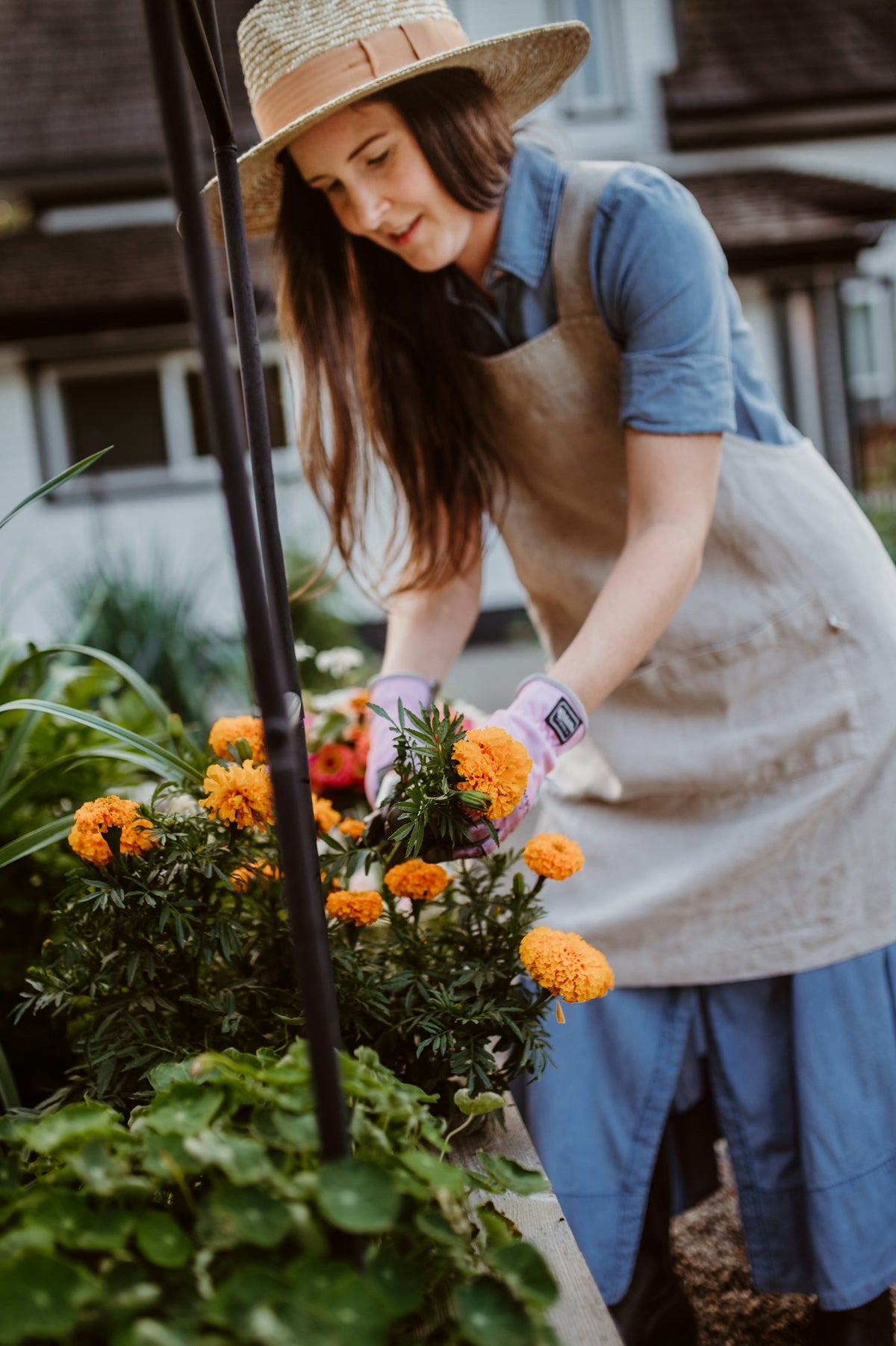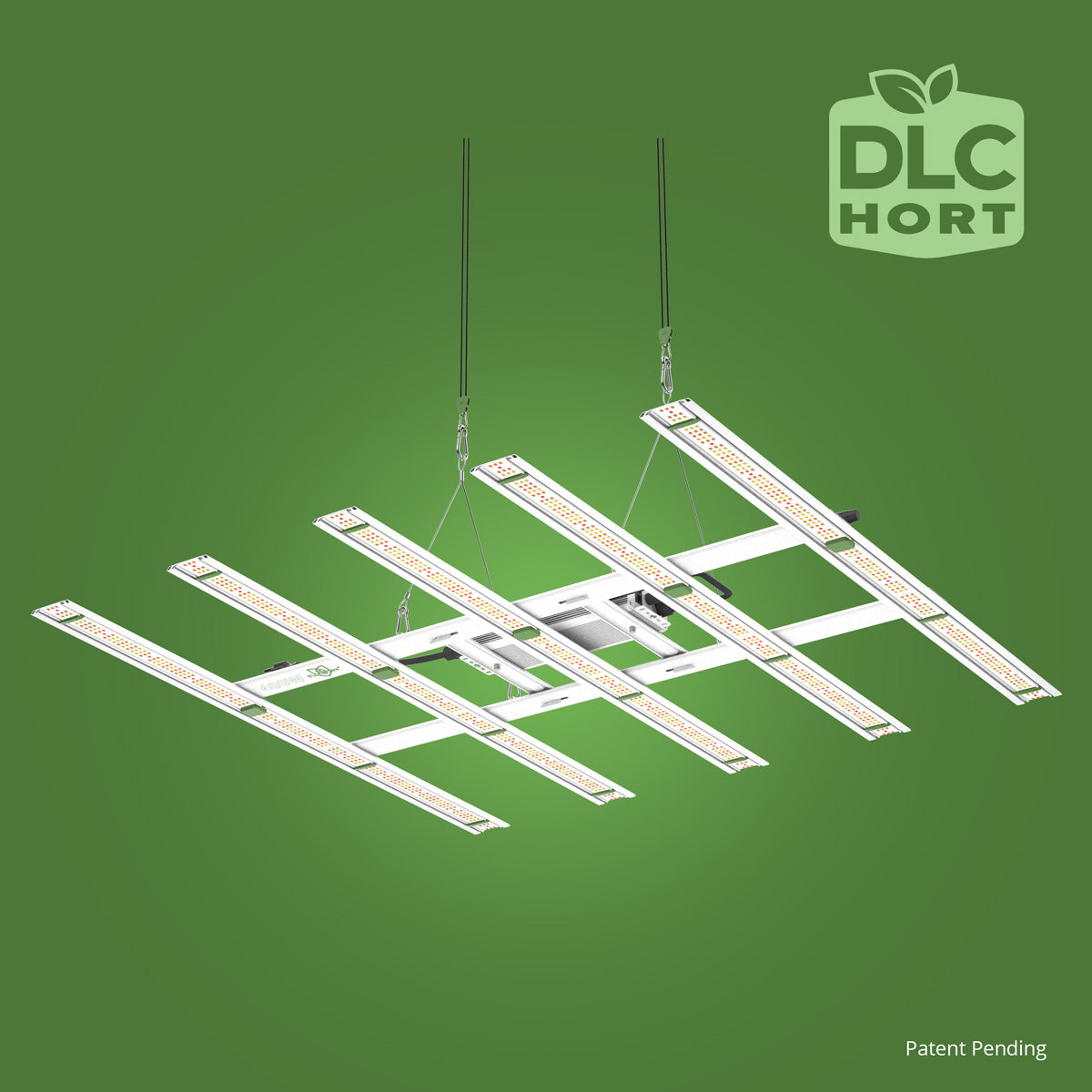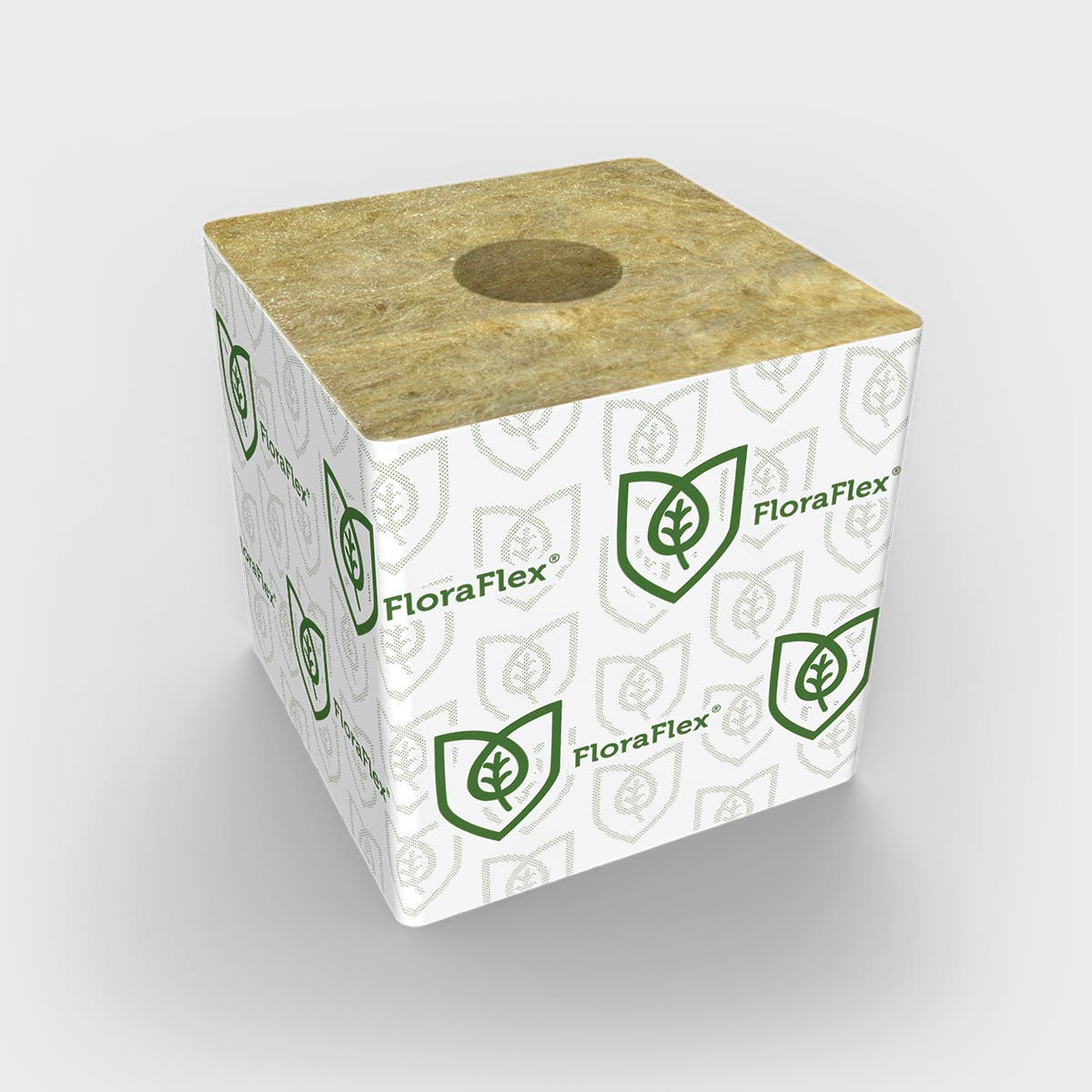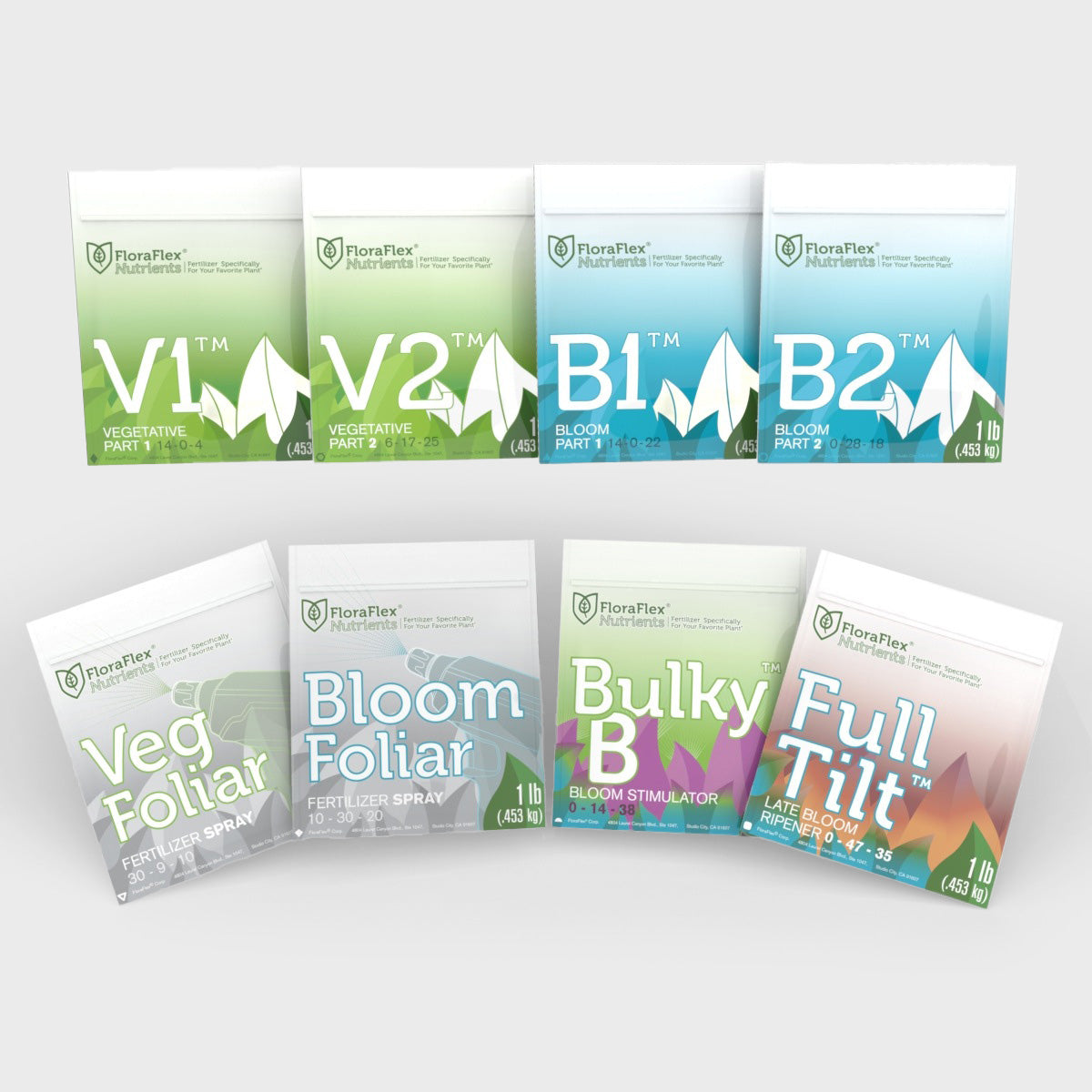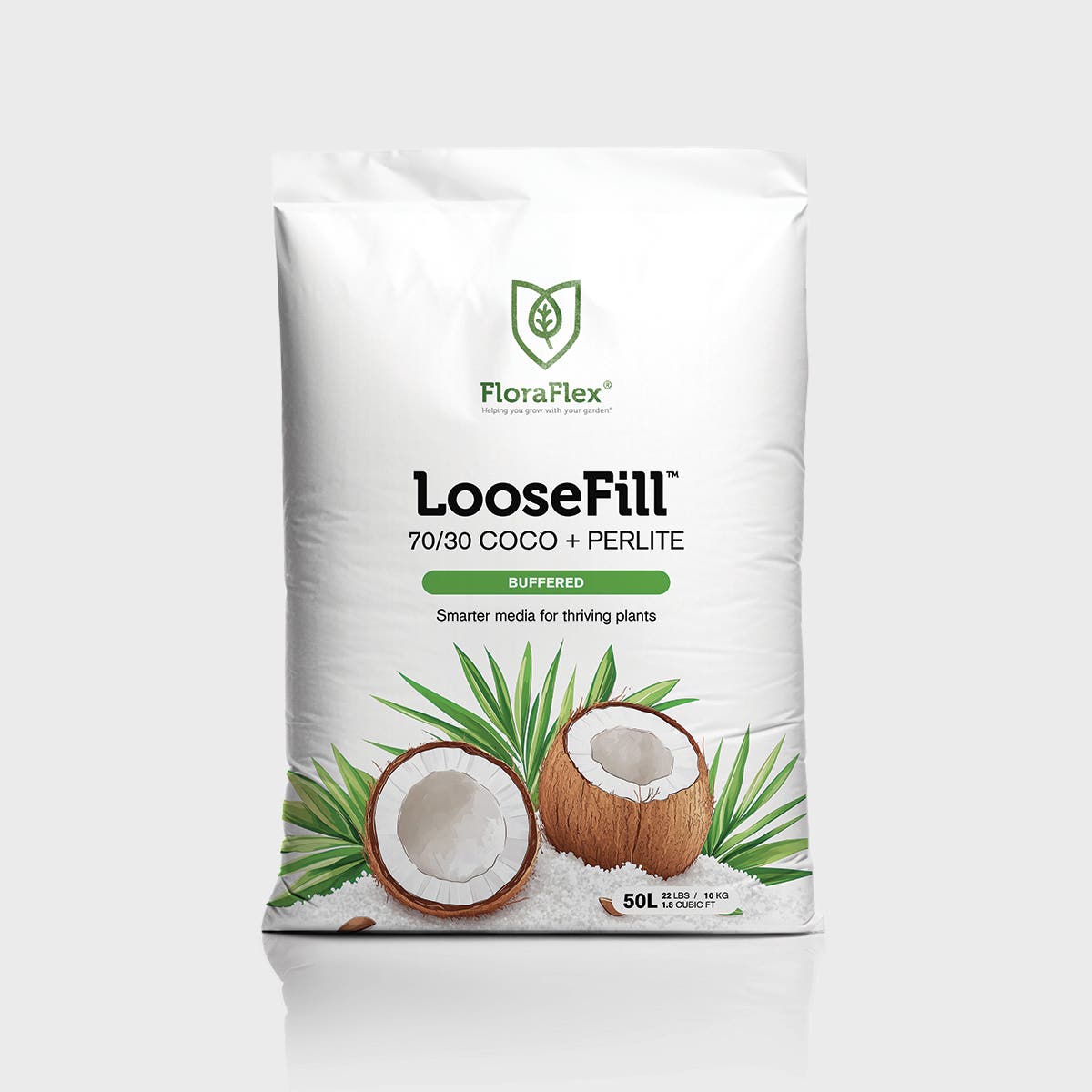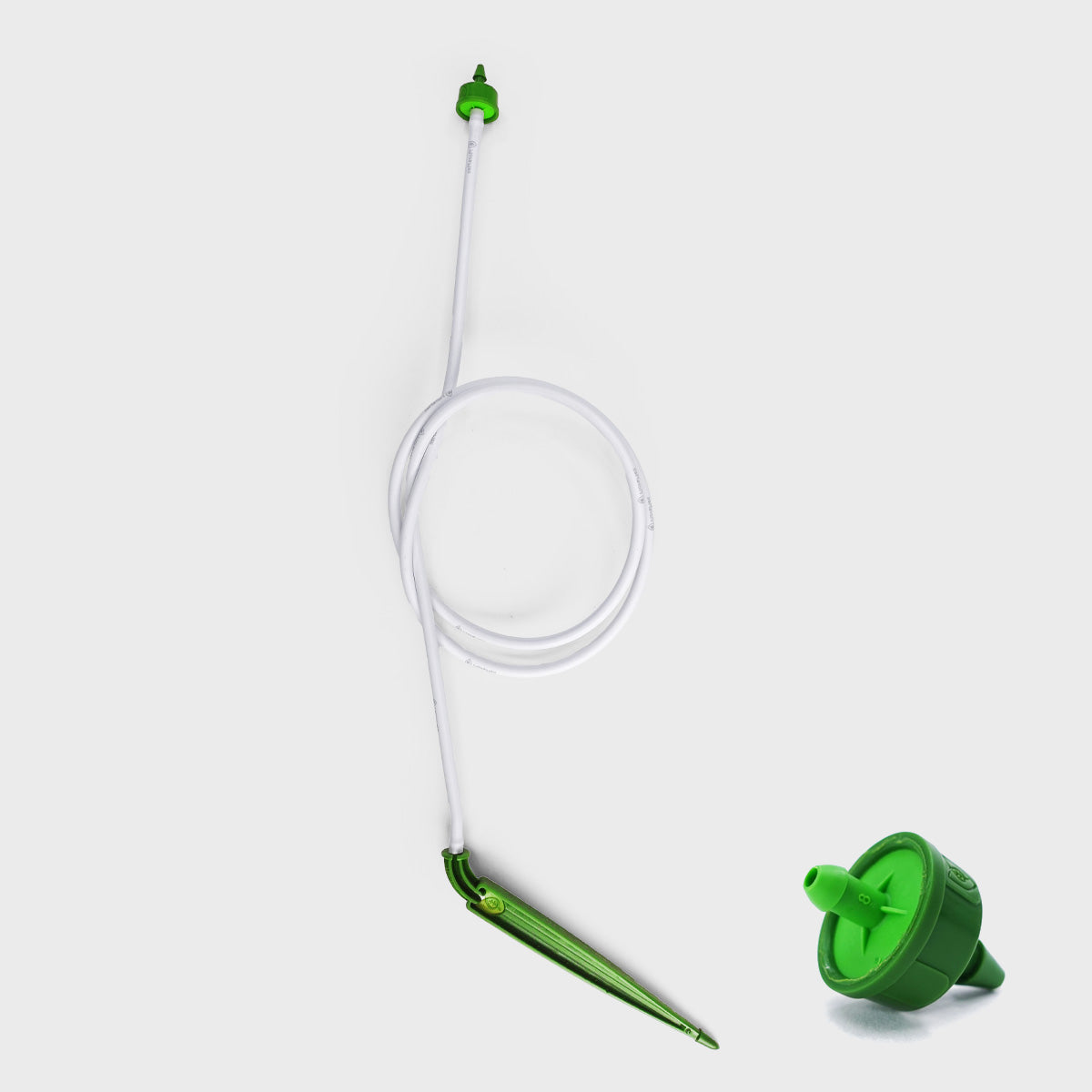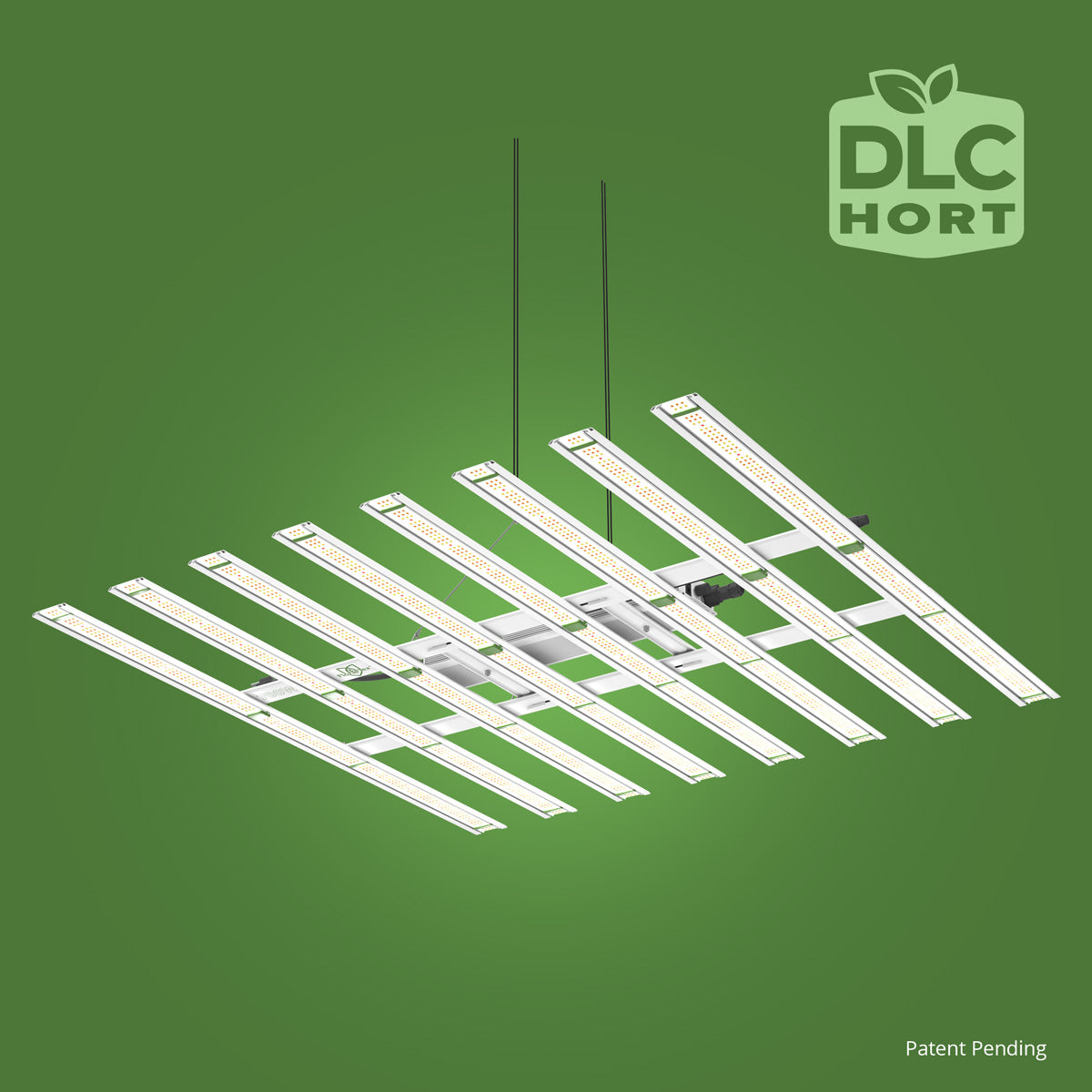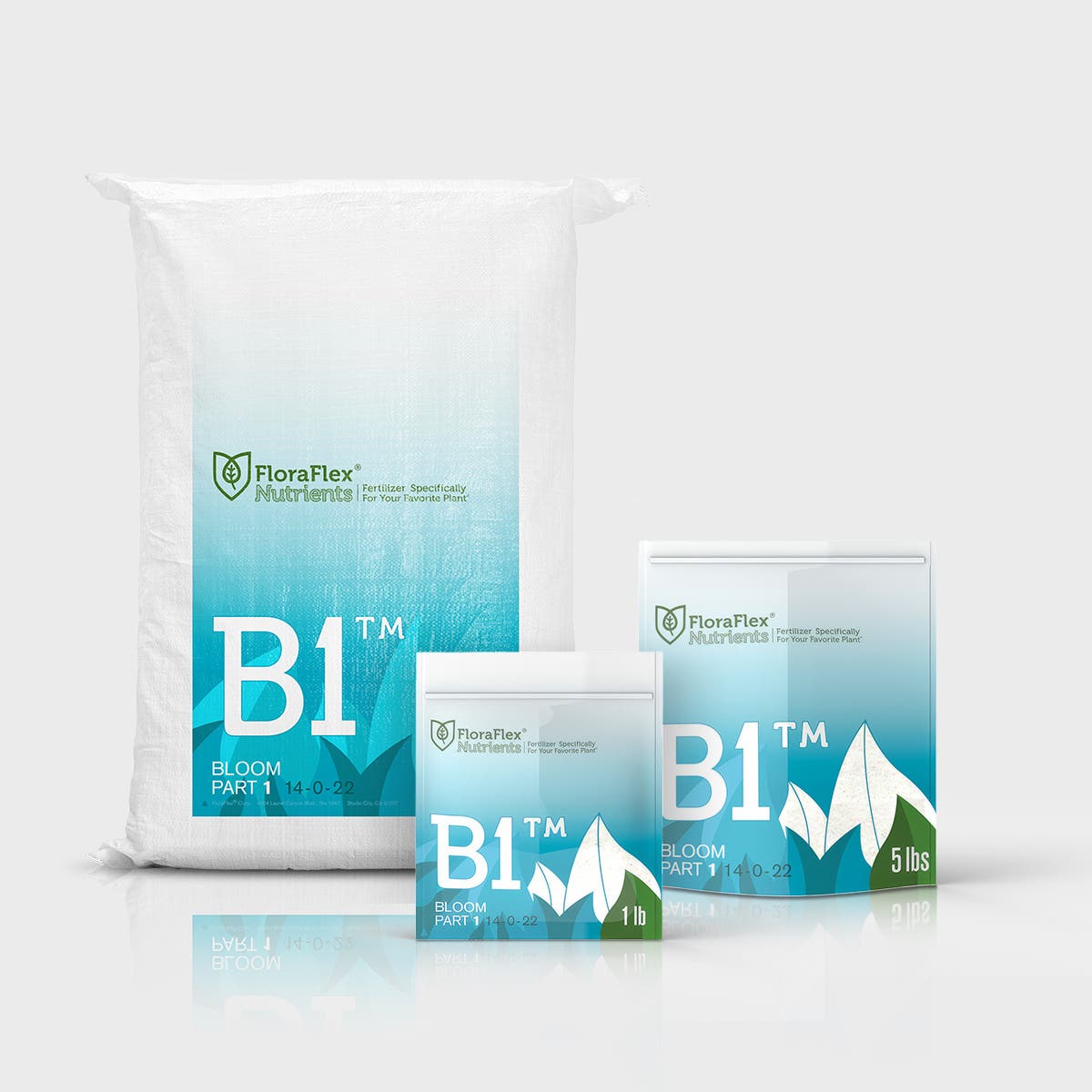Pruning is an essential skill for maintaining the health and beauty of your plants. Whether you're a beginner or an experienced gardener, learning how to prune effectively can make a significant difference in the growth and productivity of your plants. In this guide, we’ll walk you through the process step-by-step, ensuring you become a pruning pro in no time!
Why Prune?
Pruning promotes healthy growth by removing dead or diseased branches, encourages flowering and fruiting, and helps shape the plant according to your garden design. Understanding the reasons for pruning will make the process more meaningful and purposeful.
When to Prune
Timing is crucial when it comes to pruning. Generally, the best time to prune is during a plant's dormant season. However, some flowering plants prefer pruning right after they bloom. Always research your specific plant type to know the optimal time frame.
Essential Tools
To start pruning, you'll need the right tools. Here are a couple of essentials:
- Pruning Shears: For small branches and precision cuts.
- Loppers: Ideal for thicker branches.
- 1.5L Pump Sprayer: Great for applying water or cleaning solutions to pruned areas, ensuring plant health and healing.
Steps to Effective Pruning
- Inspection and Planning: Observe the plant, identifying dead, diseased, or overgrown branches. Plan your cuts to maintain the plant's shape and health.
- Starting with Dead or Diseased Wood: Remove any parts of the plant that are dead or show signs of disease. This prevents the spread of pathogens.
- Shaping the Plant: Cut back overgrown branches, following the natural shape of the plant. Always cut at a 45-degree angle, just above a bud facing outward.
- Encouraging Growth: If fruiting is a priority, thin out branches to increase light and air penetration. Remove crossing or congested branches to improve airflow.
- Regular Maintenance: Continue to monitor the plant and perform light pruning throughout the growing season. This keeps plants in optimal shape and encourages robust growth.
Post-Pruning Care
After pruning, it’s essential to care for your plant to help it recover. Use the 1.5L Pump Sprayer to apply a gentle water mist or a diluted plant-friendly cleaning solution to the pruned areas. This can help prevent infection and support healing.
Final Thoughts
Pruning is more than just cutting branches; it’s about nurturing and guiding your plants to reach their full potential. With practice, your plants will become healthier, more productive, and aesthetically pleasing.
For more tools and gardening supplies, check out FloraFlex and discover a wealth of resources to assist you in your gardening adventures. Happy pruning!

